Homeowners considering a tankless water heater installation often anticipate a simple and seamless process. However, the installation of a tankless water heater can come with a variety of unexpected surprises that can complicate the project. This article highlights the most significant surprises homeowners may encounter during a tankless water heater installation, offering valuable insights for better preparation.
Hidden Costs: The Financial Puzzle
One of the most common surprises homeowners face when installing a tankless water heater is the hidden costs associated with the project. While the initial cost of the unit itself may be straightforward, additional expenses can emerge during installation. These costs can include electrical or gas line upgrades, venting modifications, and necessary permits. Be prepared to discuss potential extra costs with your contractor and obtain a detailed estimate before commencing the project.
Electrical and Gas Line Requirements: Powering Up
Homeowners often underestimate the electrical and gas line requirements for a tankless water heater. These units typically require a higher power supply than traditional tank water heaters, which can necessitate upgrading electrical panels or gas lines to accommodate the new system. These upgrades can be costly and may require additional permits and inspections, adding to the project's complexity.
Ventilation Considerations: Clearing the Air
Proper ventilation is crucial for the safe operation of a tankless water heater, and homeowners may be surprised by the specific requirements for their new system. Tankless water heaters often require a dedicated venting system, which can necessitate modifications to the existing venting infrastructure in the home. Work with your contractor to ensure that your home meets the necessary ventilation requirements and is compatible with the tankless water heater you have chosen.
Space Constraints: Finding the Right Fit
While tankless water heaters are generally more compact than traditional tank heaters, space constraints can still pose challenges during installation. Homeowners may be surprised to discover that their desired location for the new unit does not provide adequate space for proper ventilation, access to electrical or gas lines, or necessary clearances. Discuss potential space constraints with your contractor and be prepared to explore alternative locations for the unit if needed.
Water Flow Expectations: Managing Demand
Homeowners may be surprised to learn that the hot water output of a tankless water heater can be affected by factors such as groundwater temperature and the number of simultaneous hot water demands. It's essential to select a unit with an appropriate flow rate for your household's needs to avoid disappointment with the system's performance. Consult with your contractor to ensure that the tankless water heater you choose will meet your hot water demands.
Conclusion: Embrace the Unexpected
Installing a tankless water heater can present unexpected challenges for homeowners. By understanding these potential surprises and working with an experienced contractor, you can better prepare for and navigate the hurdles that may arise during the installation process.
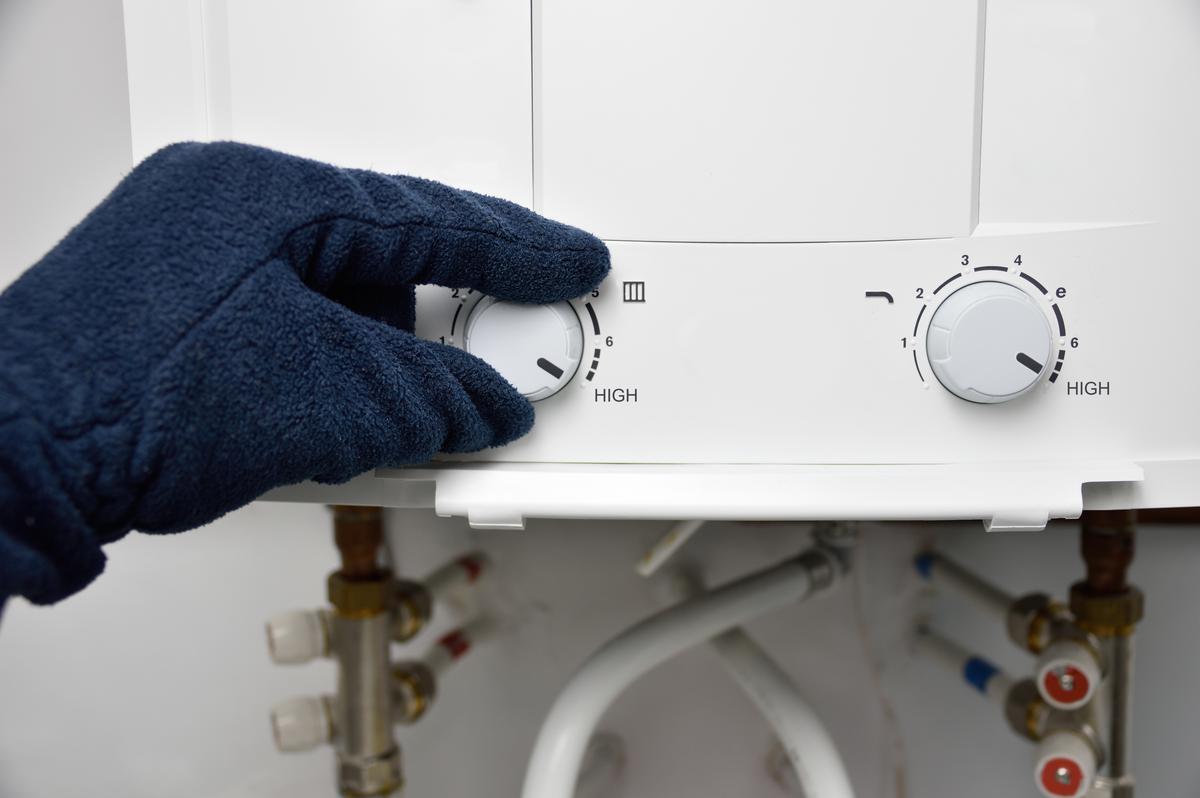

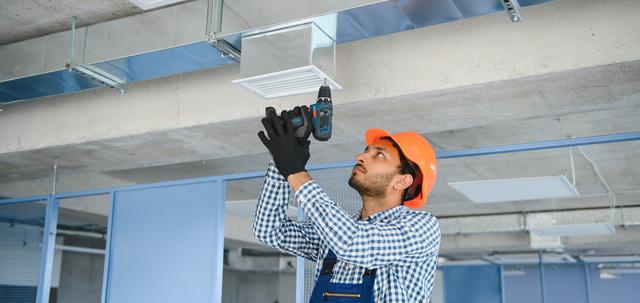
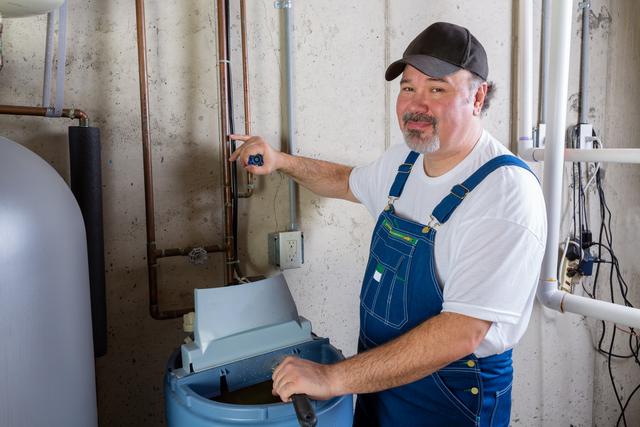
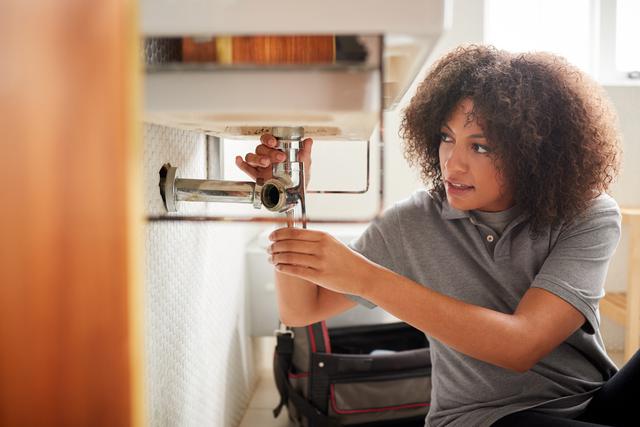
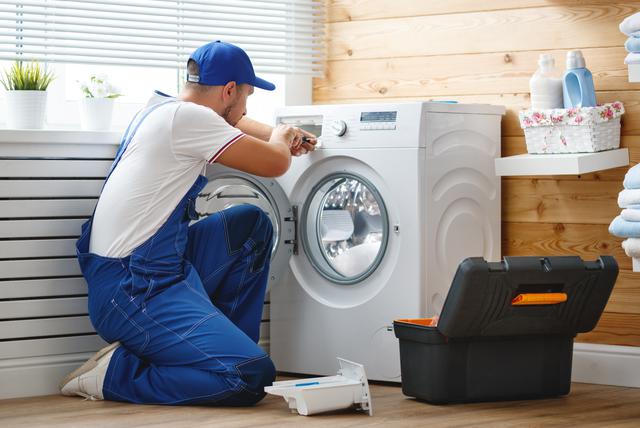
comments